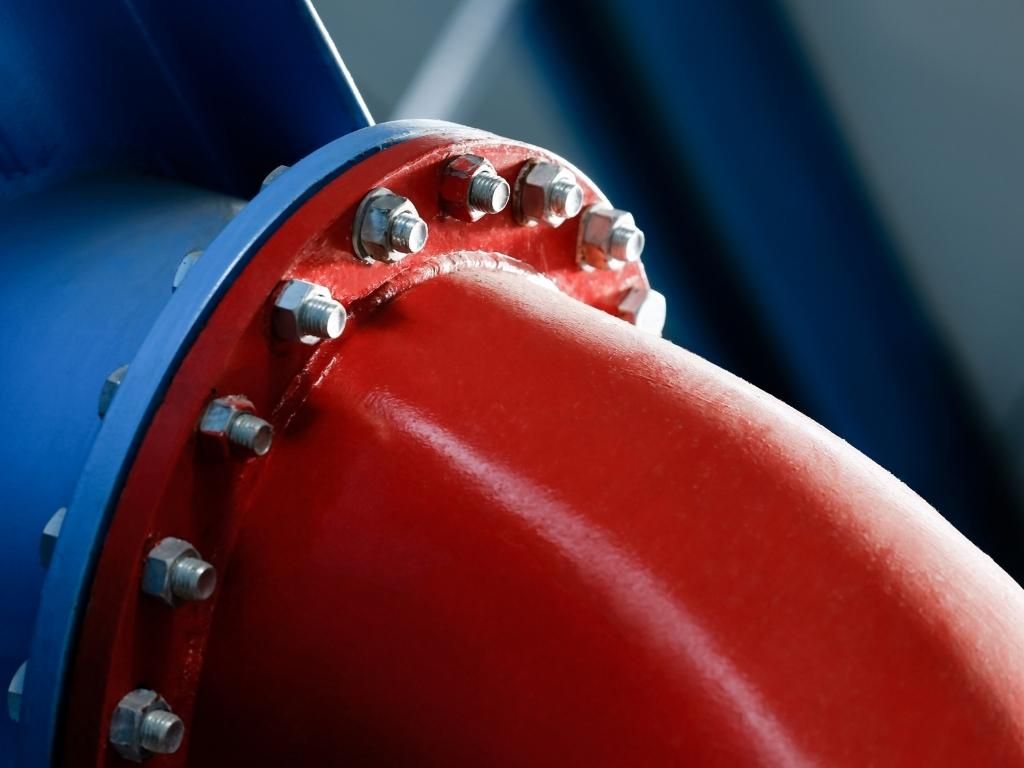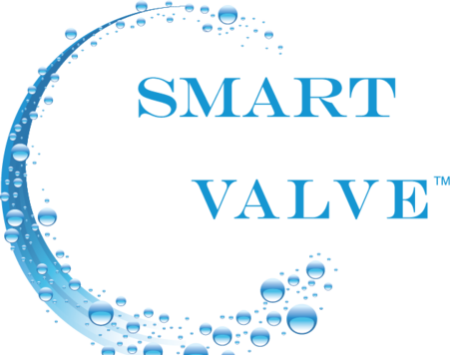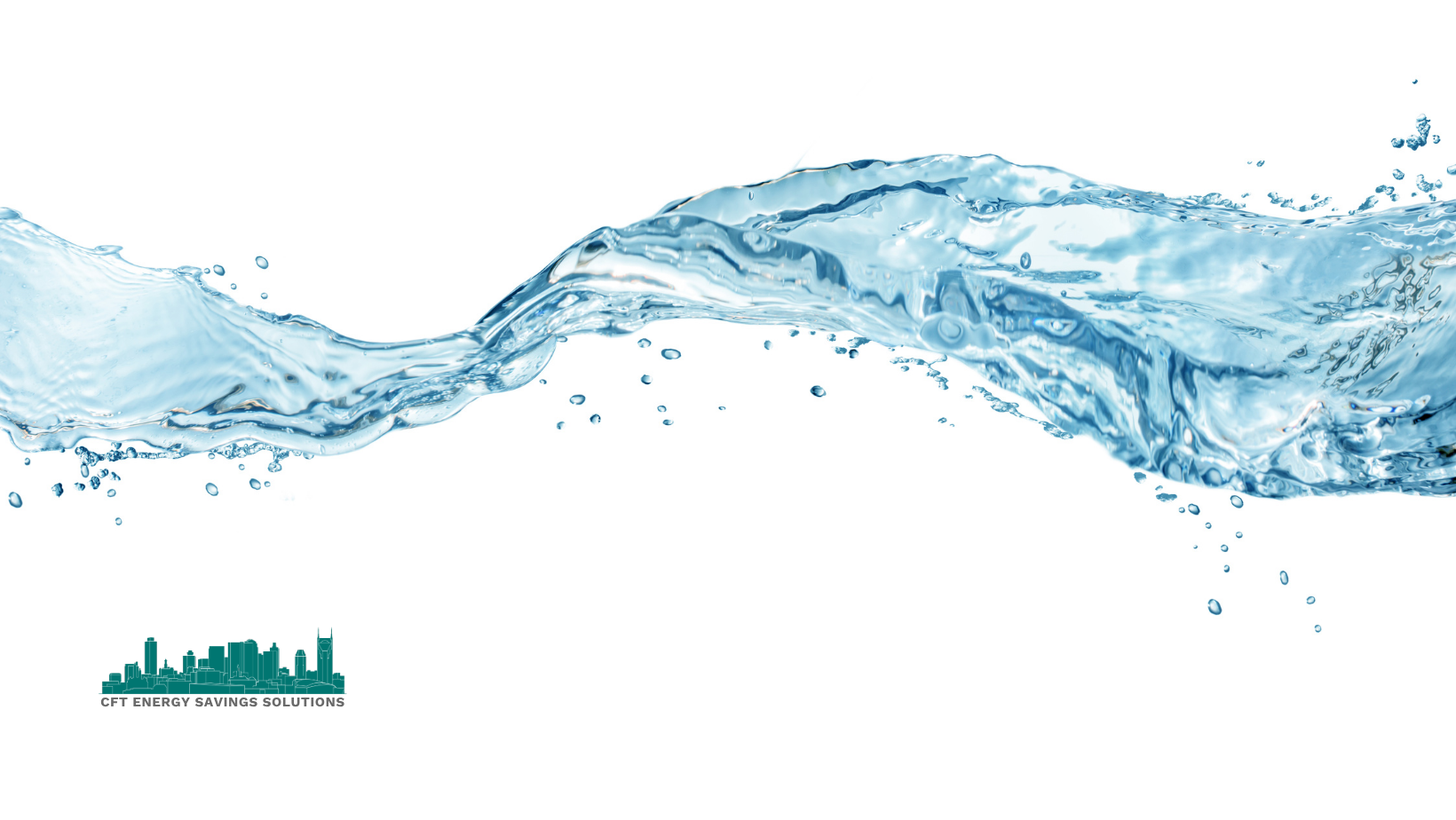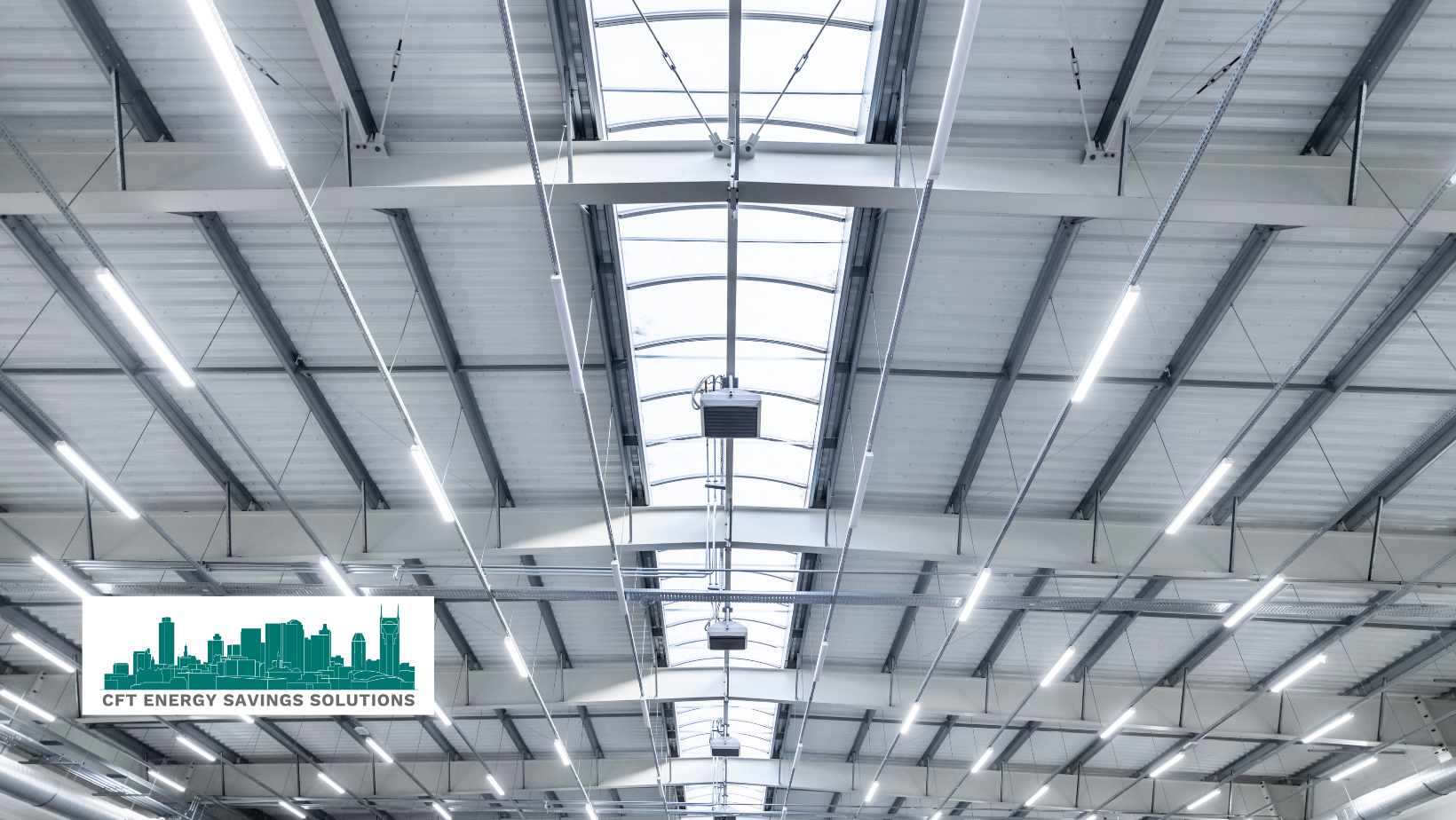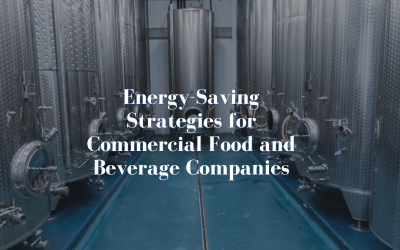
Commercial food and beverage companies face unique energy challenges due to the nature of their operations.
From refrigeration and cooking equipment to lighting and HVAC systems, energy consumption can be significant. Implementing energy-saving strategies not only reduces costs but also promotes sustainability.
In this article, we will explore effective energy-saving strategies specifically tailored for commercial food and beverage companies. By optimizing equipment, improving operational practices, and embracing energy-efficient technologies, businesses can achieve significant energy savings, enhance their bottom line, and contribute to a greener future.
Efficient Equipment Selection and Maintenance
Investing in energy-efficient equipment is crucial for commercial food and beverage companies. Choose appliances and machinery that meet or exceed ENERGY STAR® ratings, as they are designed to operate efficiently and consume less energy. Regular maintenance of equipment, such as refrigeration units and cooking appliances, is essential to ensure optimal performance. Properly functioning equipment operates more efficiently, reduces energy waste, and extends the lifespan of the equipment.
Optimize Refrigeration Systems
Refrigeration is a significant energy consumer in the food and beverage industry. Implementing energy-saving measures for refrigeration systems can lead to substantial cost savings. Ensure that refrigerator doors and seals are in good condition to prevent cold air from escaping. Optimize refrigeration temperatures by setting them at the appropriate levels for food safety without overcooling. Regularly clean condenser coils and ensure adequate ventilation around refrigeration units to enhance efficiency. Additionally, consider investing in energy-efficient refrigeration units that utilize advanced technologies such as LED lighting and adaptive defrosting.
Efficient Lighting Solutions
Lighting plays a crucial role in commercial food and beverage establishments, but it can also be a source of energy waste. Replace traditional incandescent bulbs with energy-efficient LED lighting, which not only consumes less energy but also lasts longer. Implement occupancy sensors and timers to automatically control lighting in areas that are not constantly occupied, such as storage rooms and restrooms. Utilize natural lighting as much as possible during daylight hours and install skylights or light tubes to maximize its use. Regularly clean light fixtures and replace bulbs promptly to maintain optimal lighting levels.
HVAC System Optimization
Heating, ventilation, and air conditioning (HVAC) systems can account for a significant portion of energy consumption in food and beverage establishments. Ensure that HVAC systems are properly maintained, including regular filter replacements and coil cleaning, to optimize their efficiency. Consider upgrading to energy-efficient HVAC models that meet or exceed ENERGY STAR® ratings. Programmable thermostats enable precise temperature control based on occupancy and operating hours. Implement zoning systems to regulate heating and cooling in different areas of the facility according to their specific needs. Proper insulation and sealing of ductwork also enhance HVAC system efficiency.
Staff Training and Engagement
Employee engagement and awareness are key factors in achieving energy savings. Train and educate staff on energy-saving practices and provide clear guidelines for energy efficiency. Encourage employees to turn off lights, equipment, and appliances when not in use. Promote the responsible use of energy in day-to-day operations, emphasizing the importance of energy conservation and its positive impact on the environment and the business’s bottom line. Recognize and reward energy-saving efforts to foster a culture of sustainability and continuous improvement.
Embrace Energy Management Systems
Implementing energy management systems can provide valuable insights and control over energy usage in commercial food and beverage companies. These systems monitor and analyze energy consumption in real time, enabling businesses to identify areas of inefficiency and implement targeted energy-saving measures. Energy management systems often integrate with equipment and provide automated control and optimization capabilities. They can also track utility usage, generate reports, and set energy-saving goals. By utilizing data-driven insights, businesses can make informed decisions, prioritize energy-saving initiatives, and monitor progress toward energy reduction targets.
Commercial food and beverage companies can significantly reduce their energy consumption and lower costs by implementing effective energy-saving strategies.
From investing in energy-efficient equipment and optimizing refrigeration systems to embracing efficient lighting solutions and HVAC system optimization, businesses can achieve substantial energy savings. Additionally, staff training and engagement, as well as the integration of energy management systems, play crucial roles in promoting energy conservation and continuous improvement. By adopting these strategies, food and beverage companies can enhance their sustainability practices, improve their bottom line, and contribute to a greener future.
Embrace energy efficiency today and unlock the full potential of energy savings in the commercial food and beverage industry.
Start Saving Today
Unlock
25% OFF bundled services for a limited time when you combine.
- SmartValve™
- PowerHouse™
- PacketPower Metering
- BuildingLogic™ Continuous Commissioning
CFT’s breakthrough energy solutions boost net operating income and increase property value — from
day one.
Sustainability starts here. So does your savings. Click below to schedule your energy savings consultation.



